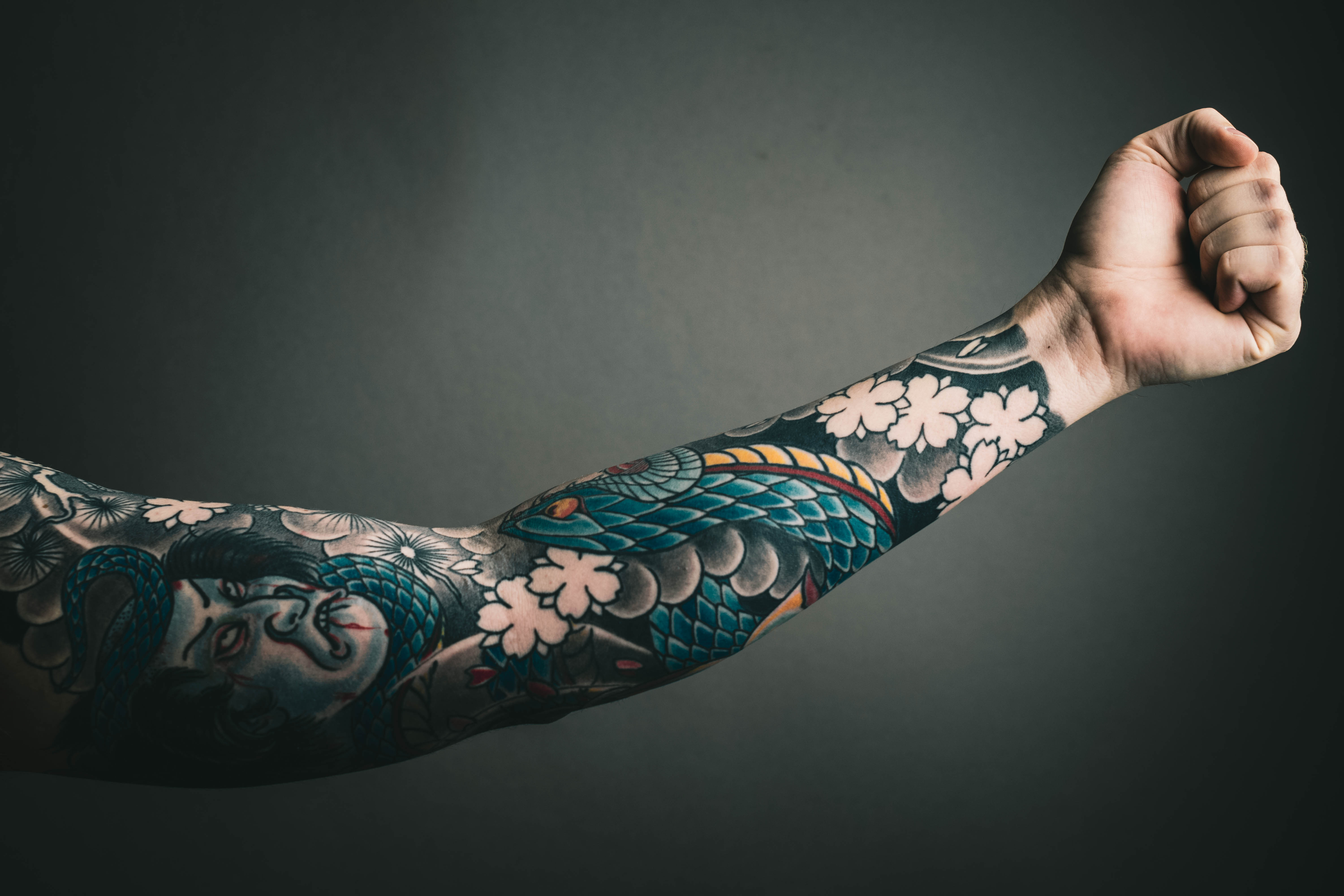
02 Oct That “Other” Kind of Needle: Body Modifications and the Burgeoning Medical Professional
If I was important enough to have a memoir in the future, it would probably be titled “Tattoos and Stethoscopes: Tales of an Awkward Brown Girl”. Much to the chagrin of my poor sweet Mother, I love tattoos. I have several, and I plan to get more. (Surprise, Mom! Plsdontreadthis).
So, we can agree that I am pro-body mod. Irritatingly and stereotypically, the general public regards tattoos as the mark of the low brow and criminally inclined. Tattoos are commonplace in jail cells and at least one person in a drug deal statistically would have one. (I parrot all of these statements in sarcasm; don’t crucify me.)
These are outdated sentiments. Yes, boomers rarely partook in the delight of permanent art. But, in my generation – Millenials and Gen Z’ers, you’d be hard pressed to find someone that doesn’t at least have a little infinity sign on their wrist or a tasteful music note on their nape. Tattoos are generationally more commonplace than they were in our grandparents and even parents’ days. Even a quick nosy glance around my school’s lecture hall will confirm that tattoos are common among medical students too.
With that being said, they are very small tattoos I’ve noticed on healthcare practitioners and students. Pieces that are in mostly black ink, tiny enough to be hidden by an Apple Watch or Fit Bit, and certainly not “offensive”. I emphasize this word because to reiterate, the tattoos I’ve seen on my fellow peers have a fraction of the visual impact a full-coloured sleeve would have.
And, for anyone myopic, visual impact means offense.
I wondered if the size and ease of hiding was a conscious decision, influenced by the possibility of practicing medicine. After all, Hippocratic Oath withstanding, we pledged to always place the needs of our patients before our own. I guess maintaining a professional appearance is traditionally synonymous with appearing clean cut, well mannered, and not rebellious? Offending their eyes would be in direct conflict with that?
Part of me snorts in derision at this antiquated view of what’s professional – it’s in the way you carry yourself, the pride you have in your clinical knowledge and prowess, and the care you display for other people. It shouldn’t have to permeate down to your skin – and what you choose to have inked on it.
But, I won’t lie. There’s always a nagging at the back of my mind – is it really professional to have these kinds of expressions of individuality? And to further my point, all of my own tattoos, while large, colourful, loud and most definitely unprofessional, are all hidden. I have nothing on my arms, legs, neck or face (coming soon).
Nothing visible for a patient to see.
And, I made this decision consciously. While I do like to maintain that whole methamphetamine aesthetic in my downtime, at the end of the day, I don’t want a patient to see my ink and make a snap judgment about my medical competence. There’s nothing I’ve wanted more than to be a doctor, barring a full back piece. So, I wonder if my students in arms made this same decision with their own ink?
Either way, I love a good needle. Be it ink depositing, or a 16 gauge.

